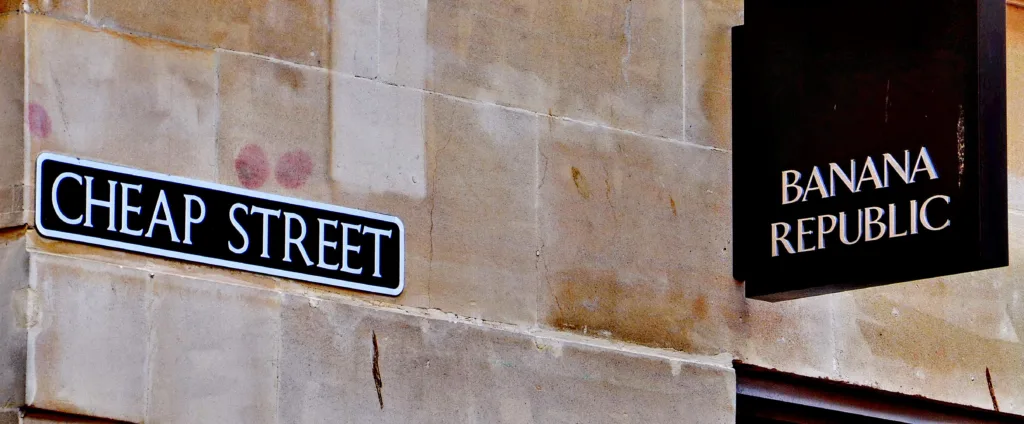Juxtaposition and oxymoron are two literary devices that are often used in writing to create a dramatic effect. While they might seem similar at first glance, they are actually two very different concepts.
Juxtaposition is the act of placing two things side by side in order to highlight their differences. It is a technique used by writers to create contrast and draw attention to particular elements of a story or piece of writing. For example, in F. Scott Fitzgerald’s “The Great Gatsby,” the juxtaposition of the opulent lifestyle of the wealthy characters with the poverty of the working class serves to emphasize the stark differences between the two groups.
Oxymoron, on the other hand, is a figure of speech that combines two contradictory terms to create a new meaning. Unlike juxtaposition, which is used to highlight differences, oxymoron is used to create a sense of irony or contradiction. Examples of oxymorons include “jumbo shrimp,” “living dead,” and “deafening silence.”
While the two concepts might seem similar, they serve very different purposes in writing. Juxtaposition is used to create contrast and highlight differences, while oxymoron is used to create irony and contradiction. Both techniques can be used effectively in writing to create a more interesting and engaging piece of work.
It is important to note that while these two literary devices are different, they can often be used in combination to create an even more powerful effect. By usig both juxtaposition and oxymoron, a writer can create a complex and nuanced piece of writing that engages the reader on multiple levels.
The use of juxtaposition and oxymoron in writing can greatly enhance the impact of a piece of work. While they might seem similar, they serve very different purposes and can be used in combination to create a more complex and engaging piece of writing. By being aware of these techniques and using them effectively, writers can create more interesting and engaging pieces of work that will resonate with readers long after they have finished reading.
Are Oxymoron And Juxtaposition The Same?
Oxymoron and juxtaposition are not the same. Juxtaposition is the placement of two or more things side-by-side in order to compare or contrast them. It can be used to create a contrast, irony, or humor. On the other hand, oxymoron is a figure of speech that combines two contradictory terms to create a paradoxical effect. It is a type of juxtaposition, but it specifically refers to the use of contradictory terms. juxtaposition is a broader term that refers to any placement of things side-by-side, while oxymoron is a specific type of juxtaposition that involves the use of contradictory terms.

What Is The Difference Between Juxtaposition And Oxymoron And Paradox?
Juxtaposition, oxymoron, and paradox are all literary devices used to create contrast and add depth to a text. However, they are distinct from each other. Juxtaposition refers to the placement of two contrasting things next to each oter to highlight their differences. For example, a writer may describe a beautiful sunset against the backdrop of a war-torn city to create a powerful contrast.
On the other hand, an oxymoron is a figure of speech that combines two words with opposite meanings to create a new meaning. For example, the phrase “bittersweet” combines the words “bitter” and “sweet” to create a new meaning that is both bitter and sweet at the same time.
A paradox is a statement that appears to be self-contradictory or absurd but in reality, reveals a deeper truth. For example, the statement “less is more” appears to be contradictory, but it reveals the truth that sometimes, simplicity is more effective than complexity.
While all three literary devices involve some form of contrast, juxtaposition refers to the placement of contrasting things, oxymoron involves the combination of two opposite words to create a new meaning, and paradox involves a statement that appears to be contradictory but reveals a deeper truth.
What Is An Example Of Juxtaposition?
Juxtaposition is a literary technique that involves placing two contrasting ideas, objects, or images side by side in order to highlight their differences and create a deeper meaning. An exaple of juxtaposition can be seen in William Shakespeare’s play, Romeo and Juliet, when the characters Romeo and Juliet are compared to each other. Romeo is described as a “Montague,” a member of a powerful and wealthy family, while Juliet is described as a “Capulet,” a family of equal status. The contrast between the two characters’ social status highlights the societal expectations that prevent them from being together. Another example of juxtaposition can be seen in F. Scott Fitzgerald’s novel, The Great Gatsby, when the characters Gatsby and Tom are compared. Gatsby is described as a mysterious, wealthy man who throws extravagant parties, while Tom is described as a brutish, aggressive man who represents the old money social class. The contrast between the two characters highlights the themes of wealth, power, and social status present in the novel.
What Is The Example Of Oxymoron?
An oxymoron is a figure of speech that combines contradictory terms to create a unique meaning. Some common examples of oxymoron include “jumbo shrimp,” “cruel kindness,” “open secret,” and “living dead.” Other examples of oxymoron can include phrases like “seriously funny,” “pretty ugly,” “virtual reality,” and “definite maybe.” These phrases may seem contradictory, but they are often used to create a deeper meaning or to add emphasis to a particular statement. oxymorons are a powerful tool in language and can be used effectively in a variety of contexts.

Conclusion
It is important to understand the difference between juxtaposition and oxymoron in literature and writing. Juxtaposition is the placement of two contrasting concepts or objects next to each other, whreas oxymoron is the combination of two opposite words to create a dramatic effect. While both literary techniques are used to create contrast and add depth to writing, they serve different purposes. Juxtaposition emphasizes the differences between two objects or concepts, while oxymoron creates a paradoxical statement that reveals an unexpected or hidden truth. By using these techniques effectively, writers can add complexity and richness to their writing, and engage readers on a deeper level. It is important to be aware of these differences and use them strategically to enhance the impact of your writing.
